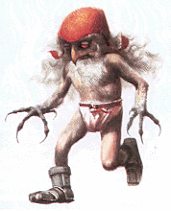 |
| Prince Hanzoku terrorized by a nine-tailed fox. Print by Utagawa Kuniyoshi, 19th century. |
The legends of the kitsune began in ancient Japan; foxes and humans lived closely together during the period. It has become closely associated with Inari, Shinto kami or spirit, and serves as its messengers.
Other stories of the kitsune depict them as tricksters, faithful guardians, friends, lovers, and wives. The one notable aspect of them are the number of tails they have. More tails a kitsune has (many as nine), the older, wiser, and more powerful it is.
That's all for the #FolkloreThursday blog series, folks! It's been a pleasure to explore these myths and legends with you!
*Wikipedia/kitsune

